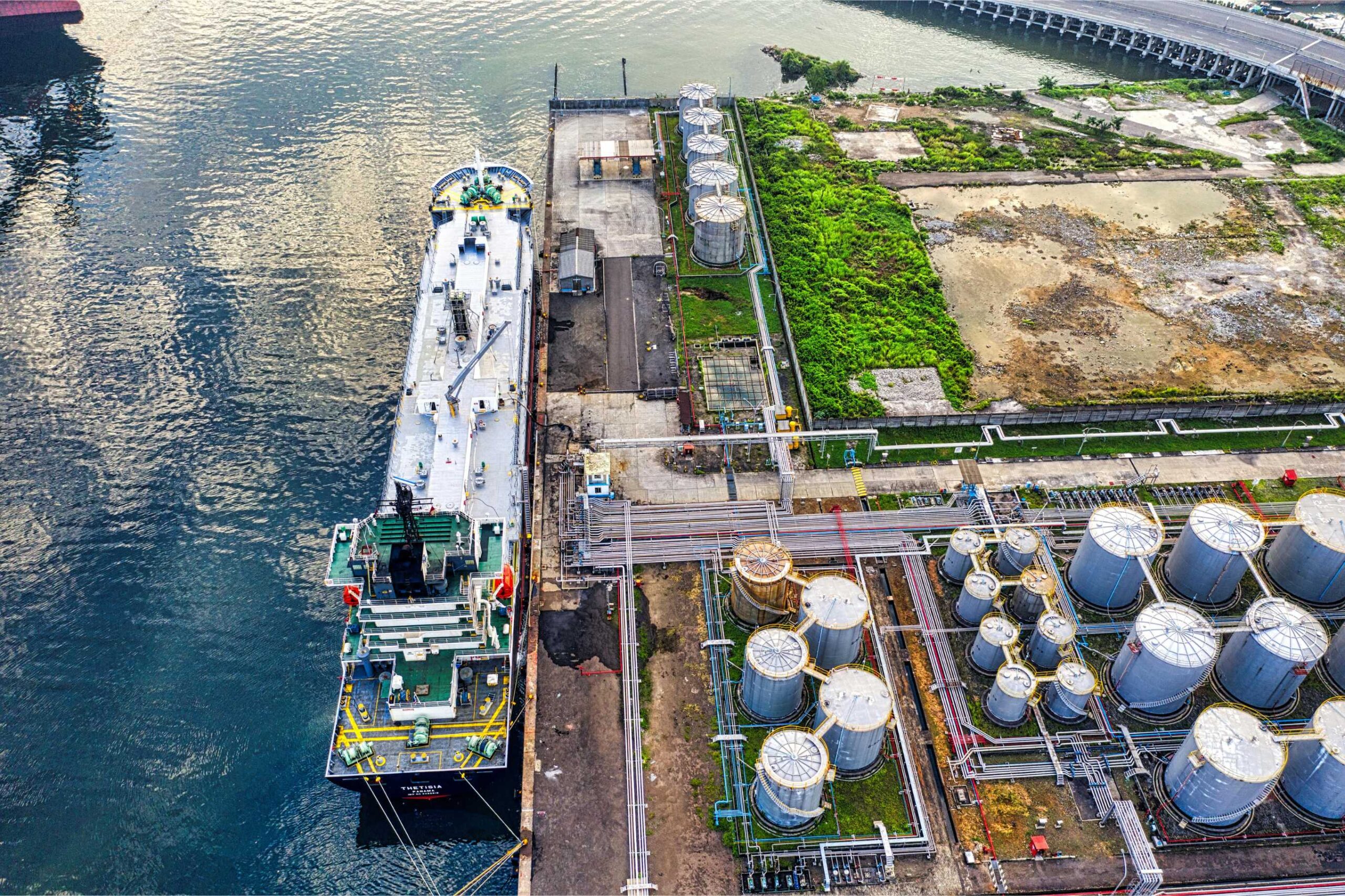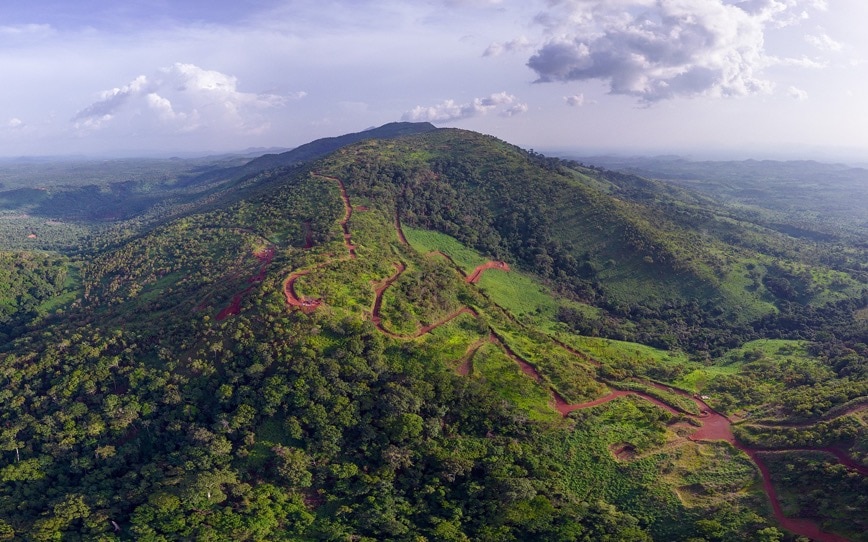There are many types of soil stabilization methods these all fall into one of two stabilization categories; mechanical or chemical.
In some cases a combination of these two methods is implemented. Mechanical stabilization is based on physical processes, which alter the physical properties of soil. Chemical stabilization uses additives to alter chemical properties, which will result in more stable soil.
Mechanical soil stabilization uses compaction to interlock soil-aggregate particles. The soil particle size distribution must be such that a dense mass is produced when it is compacted. Stabilized soil can be obtained through uniform mixing followed by compaction. Additional fines or aggregates may be added to form a well graded, dense soil-aggregate mixture. In some cases, geotextiles can be used to improve engineering characteristics of soil.
When it comes to chemical soil stabilization methods, cement can be used for a wide range of materials. However, the soil should have a plasticity index lower than 30. In case of coarse-grained soils, the rate of grains passing Number 4 sieve (grains smaller than 4.76 mm) should be greater than 45 percent.
Treatment with lime is among soil stabilization methods, which are effective in medium-, moderately fine-, and fine-grained soils. Its application results in decreased plasticity, increased workability and strength, and reduced swelling. Soil treated with lime gains strength slowly and requires approximately 14 days under hot weather conditions and 28 days under cool weather conditions to achieve significant strength. Un-surfaced roads treated with lime abrade rapidly under traffic movements, and thus paving is needed to prevent surface deterioration.
Fly ash consists mainly of silicon and aluminum compounds. It is a by-product of coal fired, electric power-generation facilities. The quality of fly ash highly depends on the type of coal burned. Fly ash is categorized into two classes based on its calcium oxide (CaO) content. These are class C and class F.
Are environmental regulations, health and safety concerns or potential profit loss a concern right now?
- Class C fly ash has significant content of CaO, i.e. more than 12 percent. It originates from subbituminous and lignite coal. Fly ash obtained through lignite combustion has the highest CaO content, often exceeding 30 percent. This kind of fly ash can be used as a stand-alone stabilizing agent. Class C fly ash, which has CaO content lower than 25 percent, needs lime to improve its performance.
- Class F fly ash has a low lime content (less than 10 percent). It originates from anthracite and bituminous coal. This kind of fly ash is not effective as a stabilizing agent by itself, and thus has to be mixed with either lime or lime and cement to be able to stabilize soil.
All traditional soil stabilization methods require certain soil grading and weather conditions in order to be effective. It limits their applicability quite much. Stabilizing agents created by Global Road Technology don’t have these kinds of limitations; they can be applied on soil of any content and are equally effective under both cold and hot weather conditions. Unlike compaction, GRT soil stabilization methods result in waterproof soil body.
GRT stabilizers are so superior that they can be used in various applications such as:
- New construction – stabilization of subgrade, sub base and base layer
- Pavement recycling – in situ binding of old crushed pavement to form a new one
- Sealing and stabilizing haul roads, side tracks, car parks, construction or military camps, container hardstands, railroad yards, and temporary landing areas
For more information on Global Road Technology please contact us.
MORE INDUSTRY ARTICLES
April 19, 2024
LNG: What is it, and why does it Matter?
April 17, 2024
Team Rio Locks In $23 Billion for Simandou
MORE INDUSTRY ARTICLES
April 19, 2024
LNG: What is it, and why does it Matter?
April 17, 2024

